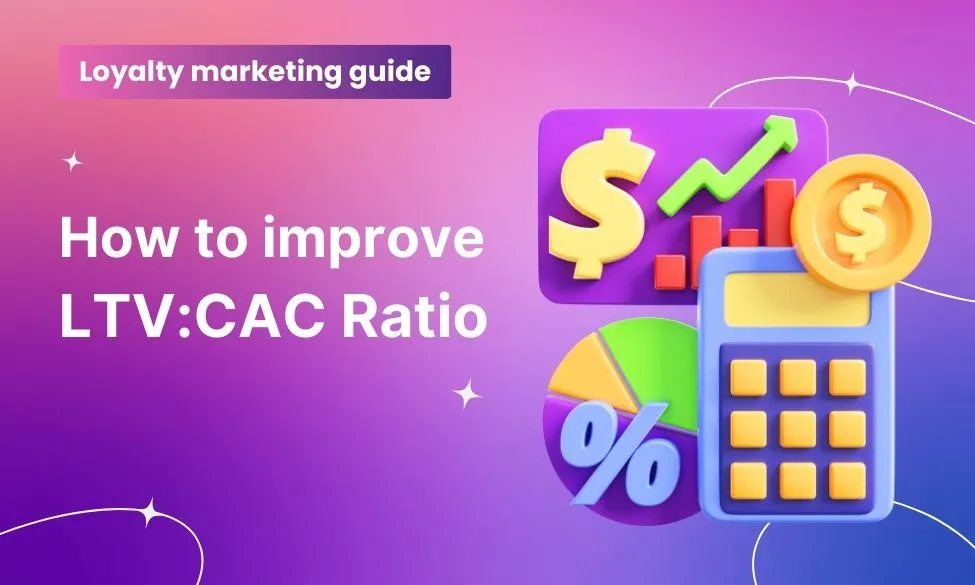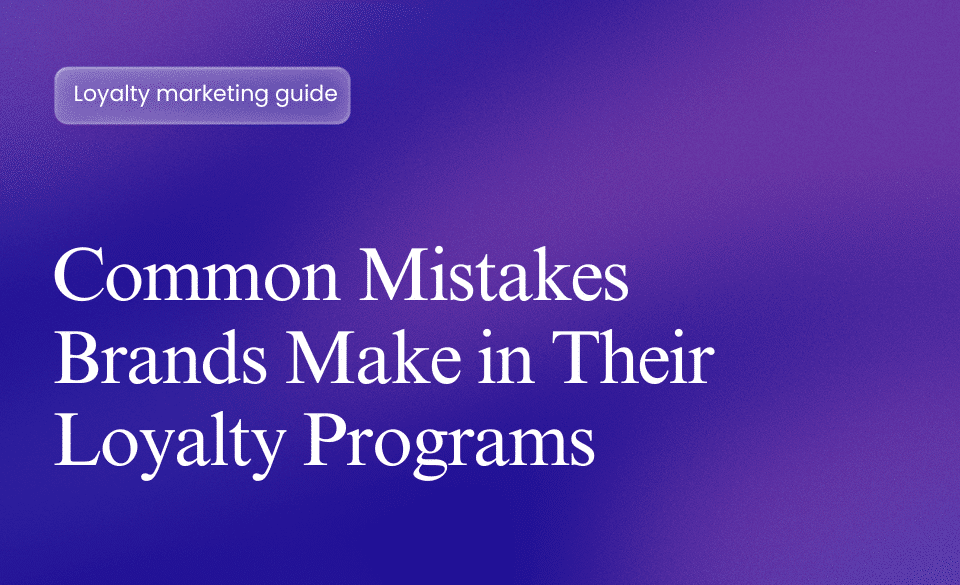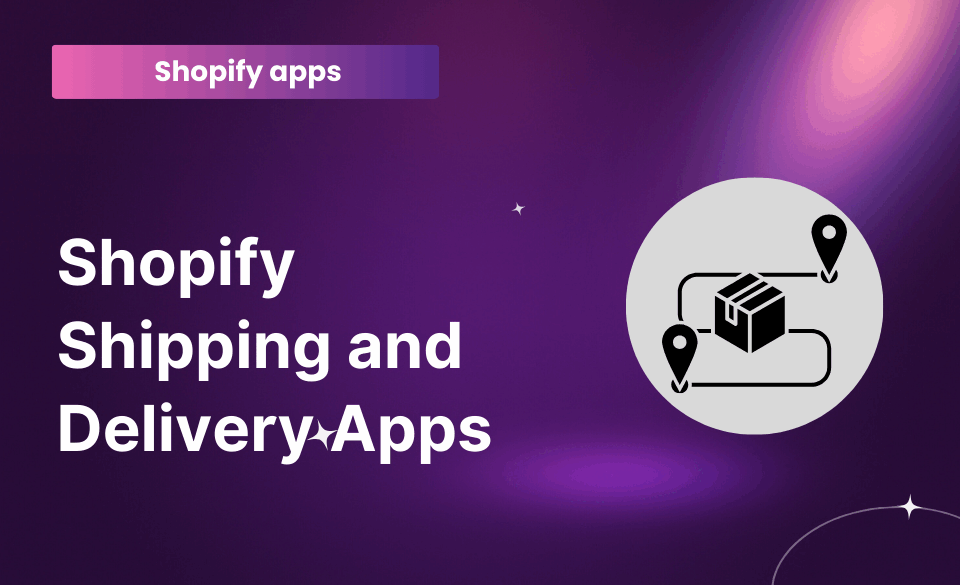
13+ Loyalty Management Software Reviews in 2024
18 June, 2024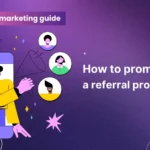
12+ Creative Ways to Promote a Referral Program
20 June, 2024The LTV:CAC ratio is critical to long-term growth. The aim is to get as much value as possible from every customer. This comprehensive guide will boost customer lifetime value and LTV:CAC ratio for long-term e-commerce success.
What Is Customer Lifetime Value (CLTV)?
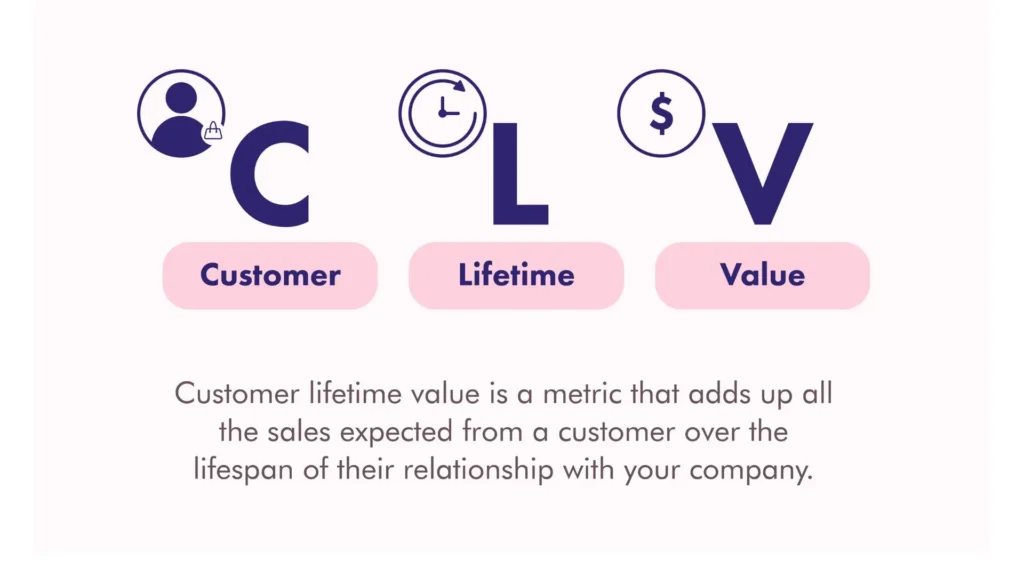
Customer Lifetime Value (CLTV) indicates how much money one customer will bring in throughout their connection with your company. It determines how much the consumer is worth and how likely they are to purchase further items and add-ons, and spread the word about the brand after receiving something from you.
Read our guide on how to measure a rewards program’s success for an easy way to figure out customer lifecycle value.
What Is Customer Acquisition Cost (CAC)?
The customer acquisition cost (CAC) is the average amount of money you spend to get a new customer. It includes all the costs of advertising and selling to turn a possible customer into a real one.
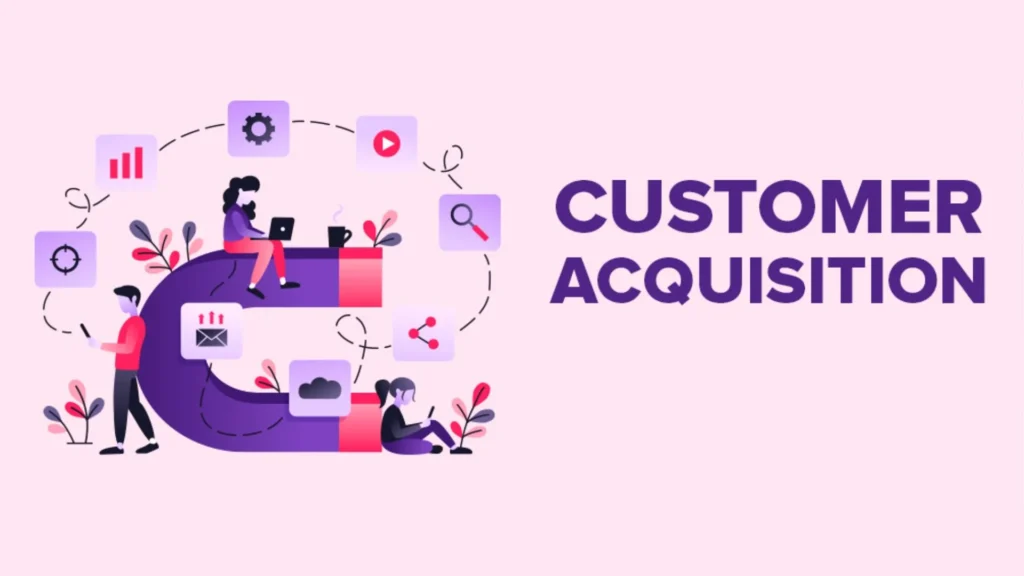
Why is understanding CAC so important?
It lets you figure out how well your efforts to get new customers are working. The Customer Lifetime Value (CLTV) should be much higher than the Customer Acquisition Cost (CAC). This makes sure that the customers you get will bring in more money over time than it costs you to get them.
Customer Lifetime Value To Customer Acquisition Cost Ratio (LTV:CAC ratio)
The amount of LTV to CAC, or Customer Lifetime Value to Customer Acquisition Cost ratio, is a useful indicator beyond sales data. It allows you to measure the effectiveness of your customer acquisition activities.
Next, you’ll discover how to analyze your situation and enhance your customer acquisition strategy for long-term success. By increasing customer lifetime value and decreasing customer acquisition costs, you may optimize the LTV:CAC ratio and achieve long-term success.
Understanding The Ratio Of LTV To CAC
Based on Wall Street Prep, here’s the formula for the LTV to CAC ratio:
| LTV/CAC ratio = Lifetime Value (LTV) / Customer Acquisition Cost (CAC) |
The Corporate Finance Institute states that a number less than 1.0 means that value is being lost, but it’s not always that clear.
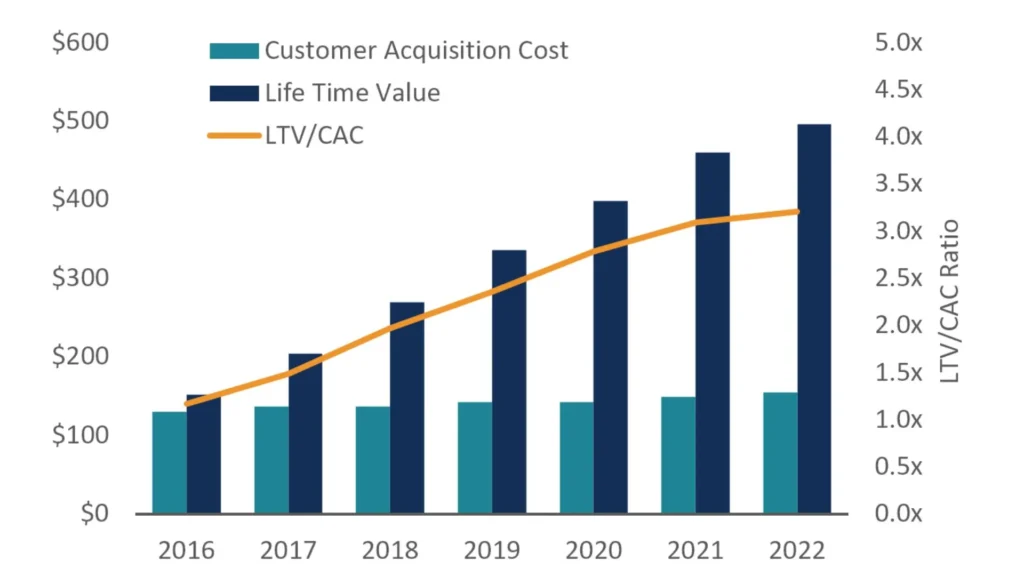
(Source: corporatefinanceinstitute.com)
Here’s a breakdown to help you properly analyze your ratio and, more, use it to better your customer acquisition plan:
- Below 1.0: This can be a red flag, signifying you’re spending more to get customers than the revenue they generate over their lifetime.
- Above 1.0 but below 3.0: Profitability is possible, but optimization is needed. Look at how you get new customers and see if you can cut costs or focus on higher-value customers to increase the number.
- Above 3.0: This is usually a good standard, especially for businesses that have been around for a while. It means that your efforts to get new customers are working and that those customers will bring you a lot of value over time.
Remember that the “good” LTV/CAC ratio percentage can change based on your business goals and the type of business you run.
In the next part, we’ll go over data-driven marketing and sales optimization tactics that can help you improve your LTV:CAC ratio.
Strategies To Increase Customer Lifetime Value
The important consideration is Customer Lifetime Value (CLTV), which is the total income that a customer is predicted to create for your company over the course of their association with you.
In this part, we’ll look at a variety of techniques to optimize your CLTV, including:
1. Enhance Customer Acquisition Strategies
The Harvard Business Review found that keeping 5% more of them can increase your income by as much as 25% to 95%. To make the most money in the long run, put your most valuable customers who are likely to buy from you again first.
So, how to identify and target high-value customers for increased CLTV?
- Personalized email marketing.
- Targeted social media content.
- Customized product recommendations.
- High customer incentives: Give high-value customers early access to promotions or personalized product bundles.
Paid advertising can also be beneficial for getting more valuable customers for less money. Targeting choices are very advanced on platforms like Google Ads and Facebook Ads.
The more choices you have, the more targeted your ads will be, and the lower the cost per acquisition (CAC) will be for high-value buyers.
2. Foster Customer Retention And Reduce Customer Churn
Attracting high-value consumers is beneficial, but keeping them satisfied is critical to long-term success. Here’s how to increase customer retention and reduce churn for increasing Customer Lifetime Value (CLTV):
- Loyalty Programs:
According to loyalty program analytics, more than three-quarters of consumers remain loyal to a brand or business. This promotes repeat business and builds community.
For example, the Starbucks Rewards program is excellent at fostering community-building and encouraging repeat business. Earning points is easy with mobile ordering and payment, promoting repeat purchases.
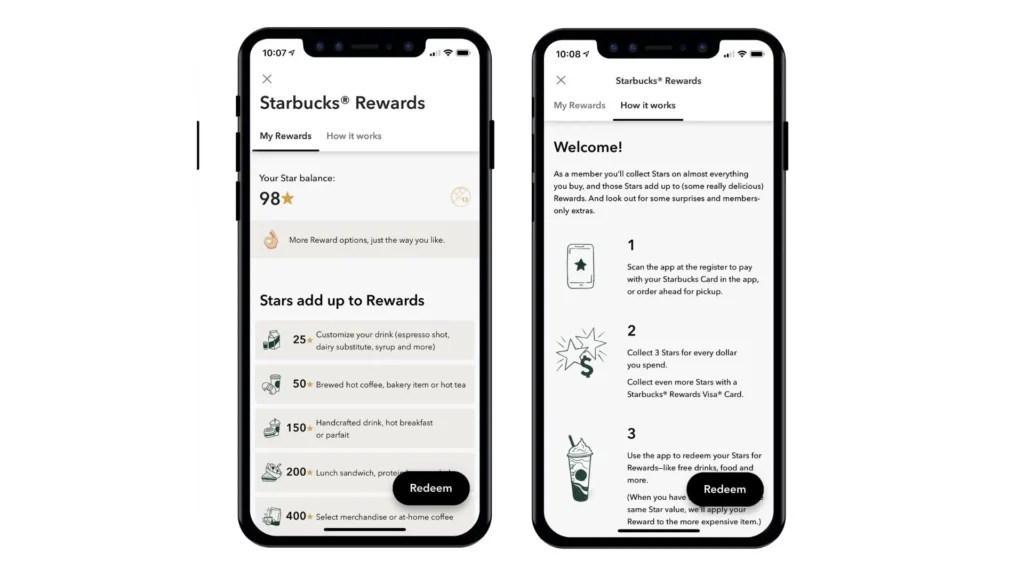
Read more: Review of the Top 8 Customer Loyalty Programs.
- Exceptional Customer Service:
More than 90% of customers return to a company after receiving good service. Customer happiness, timely issue response, and personalization all contribute to increased brand loyalty.
- Understanding Customer Churn:
Look at consumer comments, survey results, and purchasing history data to uncover patterns and areas for improvement.
Using many tools (such as SurveyMonkey, Hotjar, Typeform, etc), you can learn more about customer satisfaction surveys. Knowing why consumers leave lets you solve the issues that make them leave, which can dramatically enhance customer retention. This boosts your useful customer group’s CLTV.
3. Encourage Repeat Purchases And Increase Average Order Value (AOV)
While boosting repeat purchases is critical, concentrating on Average Order Value (AOV) may influence LTV. AOV is the average amount a consumer spends on each transaction.
Let’s say that one customer pays $20 for a single item and another pays $15 for two items. Even though both of them have paid $30, the customer with the higher AOV is worth more over time.
Strategies to raise AOV is a whole different topic, but here are a few quick tips:
- Subscription models: Sell commonly used items in boxes or recurrent purchases. Customers benefit, and your firm earns a stable income.
- Personalized Product Recommendations: Use consumer data to recommend items based on browsing or purchase history. Your attention to their requirements motivates them to try new products in your business.
These tactics may double your current customers’ potential and boost your LTV-to-CAC ratio.
4. Upselling And Cross-Selling Techniques To Increase Average Order Value (AOV)
A company’s bottom line will see a 20% boost if they use cross-selling strategies.
Upselling means trying to get a customer to buy a more expensive version of the product they are considering buying. It can be thought of as offering an expensive update with extra features or perks.
When you cross-sell, you offer related items that will make the first item the customer buys more useful. For example, buying a new phone and giving away a phone case.
When it comes to cross-selling items via their online and physical stores, Apple is unsurpassed. With iPad purchases, Apple may include the Apple Pencil, Keyboard, and Folio to improve audio quality and peace of mind.
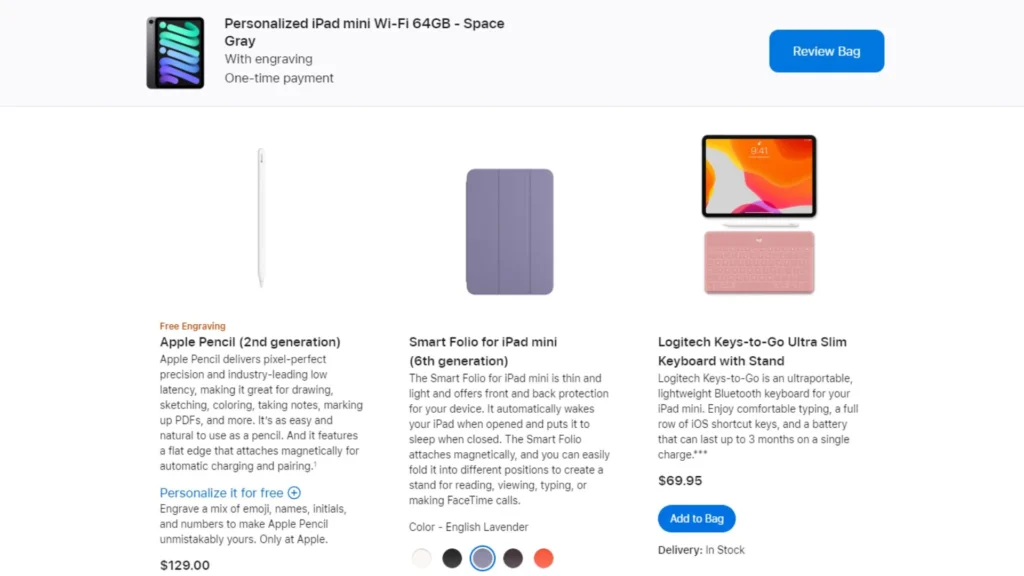
To ensure long-term success, they’ll assist you in achieving this without compromising customer experience (CX).
5. Leverage Customer Advocacy and Build Brand Loyalty
Remember the saying, “Trust your friends and family”? This is based on scientific evidence. Nearly all customers (92%) prefer word-of-mouth recommendations from friends and family over paid advertisements, according to Nielsen.
Platforms like Facebook and Instagram are goldmines for increasing brand support.
As an example, HelloFresh is a company that delivers meal kits and uses a secret Facebook group to help its customers get to know each other. Members provide recipe hacks, culinary advice, and photographs of their HelloFresh creations.
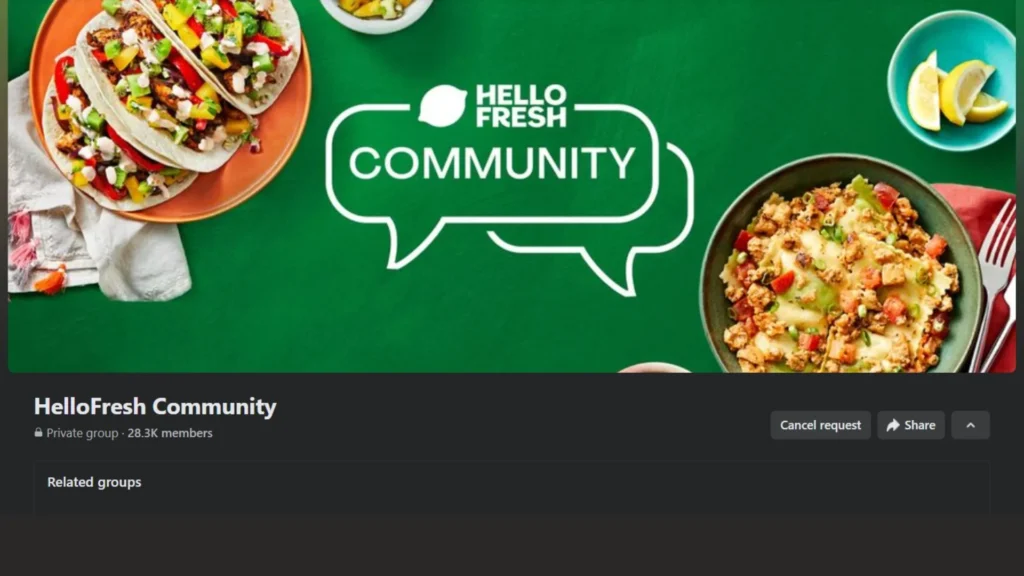
This allows true engagement and brand promotion, with delighted consumers naturally recommending HelloFresh to others in the group.
Optimizing Customer Acquisition Cost (CAC)
We’ve discussed ways for increasing the value you get from each customer, but the ratio of LTV to CAC is a two-way street. Now let’s look at the other side of the equation: Customer Acquisition Cost (CAC).
1. Streamline Marketing And Sales Processes
According to research, a well-oiled lead nurturing approach may boost sales-ready leads by 50% while saving 33%. Yes, you will quickly turn people who visit your website into loyal buyers.
- Targeted Marketing Campaigns:
Tools like Google Analytics or GA4 and social media data are your hidden weapons. Ideal customer profile (ICP) determines which campaigns are reaching your target demographic and converting. Focusing on customer targeting may maximize your budget and ROI.
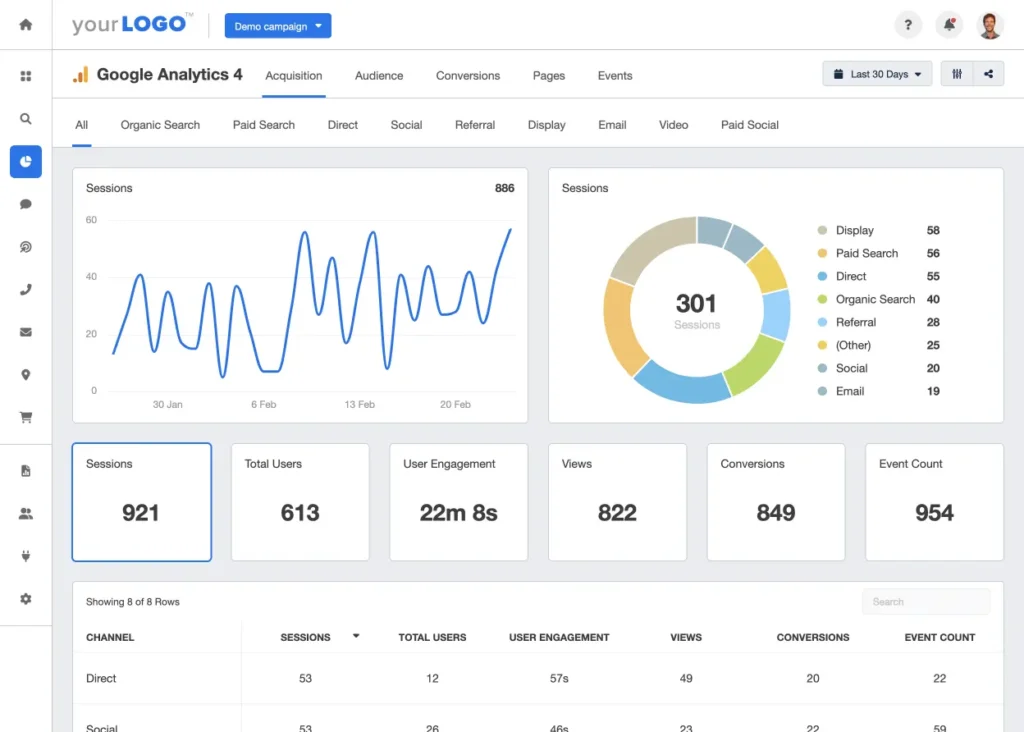
- Boost Conversion Rate:
The conversion rate is the number of website users who do what you want them to do, like buy something.
One way to improve website layouts and headlines is to compare them. Make sure there are clear calls to action and that checkout is easy.
2. Negotiate Better Deals With Vendors And Partners
Did you know that even a 5% decrease in the cost of acquiring a customer may result in a 75% increase in profit?
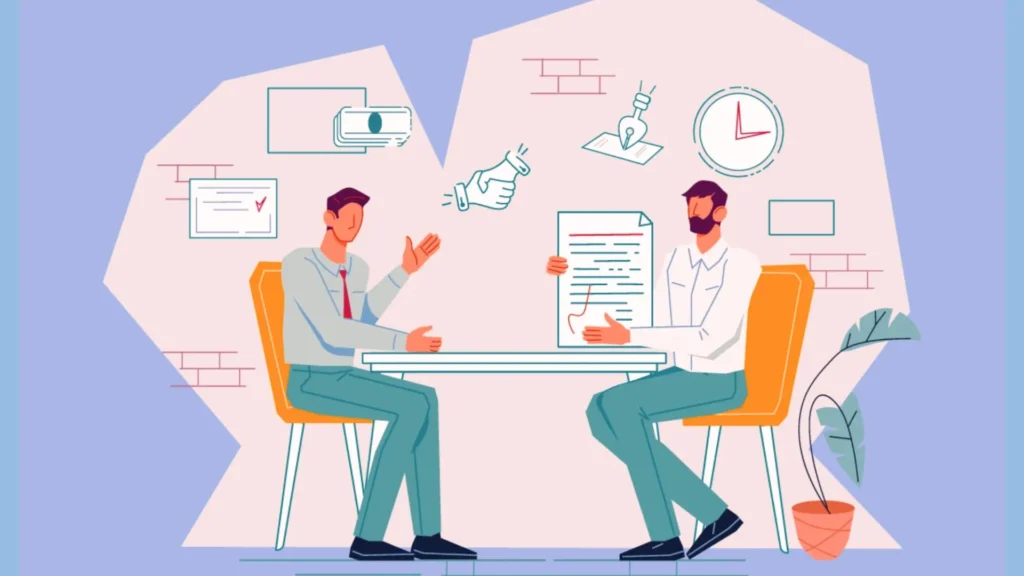
Every dollar saved on attracting customers goes directly to your bottom line, increasing your LTV to CAC ratio and driving long-term growth for your company.
You can get better deals with your sellers and partners if you negotiate properly and show that you want to work with them for a long time.
Your prices will be even better, and your ratio of LTV to CAC will go up. You will then be headed for long-term financial security and expansion.
3. Utilize Cost-Effective Marketing Channels
Targeted marketing is critical for acquiring new consumers, but not all channels are equal. So, how can you find cost-effective marketing channels for your business?
- Targeting marketing to audience-preferred media enhances reach and engagement without costing money.
- Content marketing creates leads and revenue for a long time and has a solid ROI since most expenditures are upfront.
- Building email marketing campaigns is a cheap way to stay in touch with customers and encourage them to buy from you again.
Use focused marketing techniques like email and content marketing to reach your ideal customers and get the most from your marketing budget and LTV:CAC ratio.
Continuously Monitor And Analyze Results
Marketing campaign performance tracking is like having a road plan; it tells you where you are and where you’ve been, and it helps you figure out the best way to get to your goals.
A/B testing involves comparing two versions of a product, landing page, marketing plan, or both to determine the most effective one.
This lets you use real customer information to test and improve your tactics. This leads to higher conversion rates, lower costs to get new customers, and a better LTV:CAC ratio.
Conclusion
You’ve concluded our comprehensive ultimate guide to optimizing your LTV:CAC ratio for sustainable growth. Using the tips in this article, you can find a great way to grow your e-commerce business in a way that lasts.
Building loyal customers who return for more is a vital component of the amount of LTV to CAC success formula. If you own a Shopify shop, the BON Loyalty app is your solution.
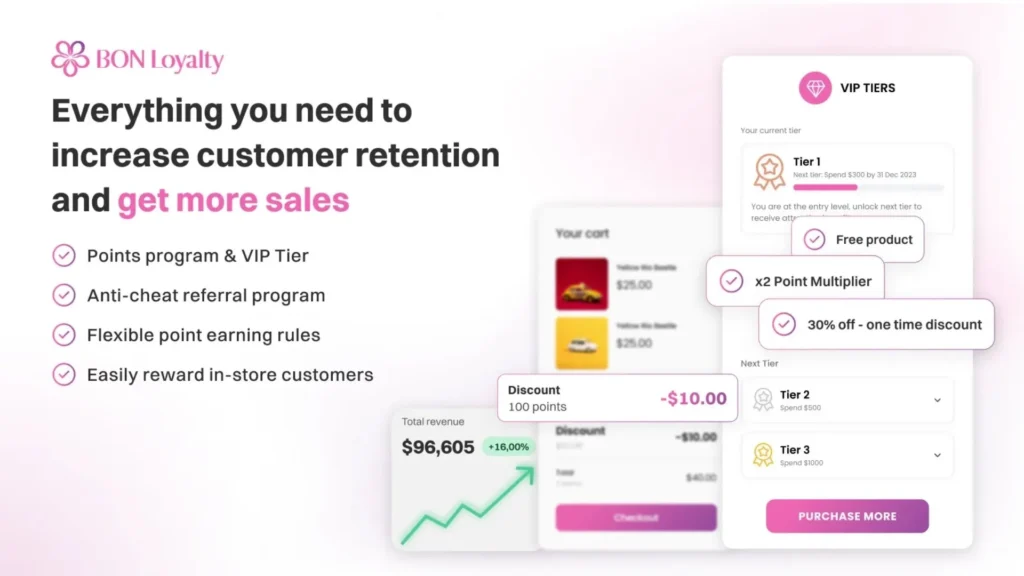
Visit the BON Loyalty website now to see the app’s full potential and establish an enduring customer base to drive long-term success.
FAQs about LTV:CAC ratio
1. What is a good LTV:CAC ratio?
A decent LTV:CAC ratio is generally considered 3:1 or above. This means every dollar spent on customer acquisition should result in three dollars in customer lifetime income.
However, it is vital to remember that the appropriate LTV:CAC ratio varies by sector, company model, and development stage.
2. How can I calculate my LTV:CAC ratio?
Here is a common formula to calculate:
LTV/CAC ratio = Lifetime Value (LTV) / Customer Acquisition Cost (CAC)
3. What are some effective strategies to reduce customer churn?
To decrease customer loss and keep them coming back, use these strategies:
- Loyalty programs.
- Exclusive content.
- Community building.
These tips will help you better connect with customers and keep them loyal to your e-commerce business. Just make sure you check them often and make changes as needed.
4. What are some cost-effective marketing channels to reach target audiences?
Here are some cost-effective ways to contact your target audience:
- Organic search engine optimization (SEO).
- Content marketing.
- Email marketing.
- Leveraging public relations (PR).
Most of the time, the best marketing plans use more than one medium. Look at your target group, try out different methods, and keep track of the results to find out what works best and gives you the best return on investment.
Lindsey Nguyen is a Content Marketing Specialist at BON Loyalty, specializing in digital marketing and eCommerce. At BON Loyalty, she crafts content that empowers Shopify store owners to build and sustain thriving customer relationships through innovative loyalty programs. Her articles, often featured on the BON Loyalty blog, provide valuable strategies and insights that help businesses enhance customer loyalty and increase customer lifetime value.
